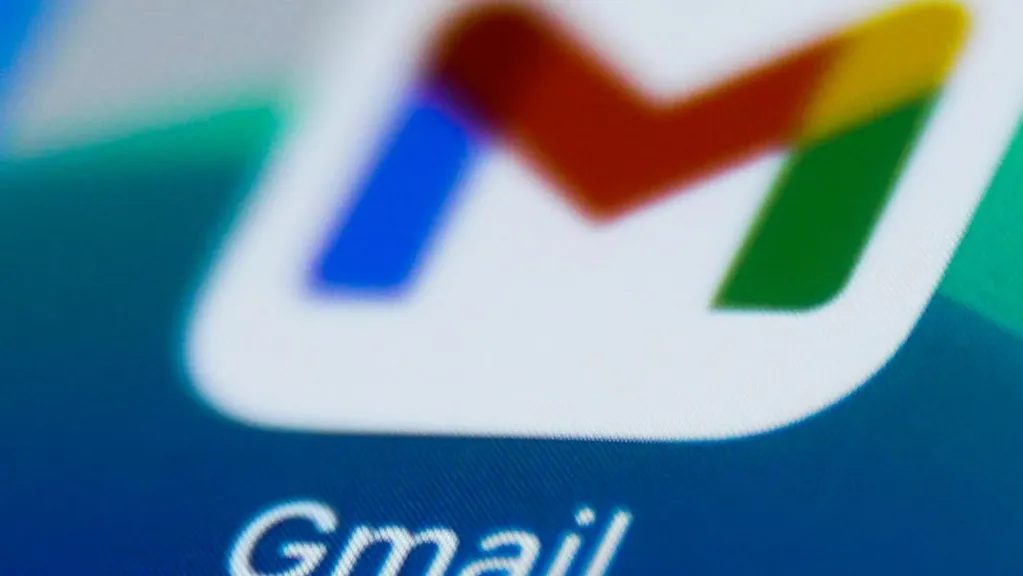Forbes contributors publish independent expert analyses and insights.
Google is on a roll with Gmail. Upgrading the world's most popular email platform with a raft of AI uplifts that give its 2 billion users some serious decisions to make, as they balance privacy and convenience. And there's more of the same with its latest update, which helps but still leaves Gmail users in need of different email addresses.
The coverage of Google's most recent change -- the addition of an unsubscribe button and backend process for marketing emails -- has been universally positive. And why not. Who doesn't want a simple way to dispatch spam to the trash folder. But this is a bandaid when a different solution is needed. And Google has one waiting in the wings.
We're talking Shielded Email, Google's answer to Apple's excellent Hide My Email offering that enables users to easily create email aliases instead of supplying their real addresses when asked to do so online. Those addresses can then be deleted when it becomes apparent they're driving a mass of unwanted spam in your direction.
Android Authority unpicked a Google Play Services APK and reported that Shielded Emails "will be part of Google's Autofill system. Just think of all the apps or screens where Google pops up with its suggested autofill details based on your saved passwords and usernames; all of these should be the new home for this new Shielded Email."
This stops your email address getting into the hands of marketeers and scammers, which is materially better than having to group all this junk together and hit a button to unsubscribe. In reality, you didn't actually subscribe to most of this in the first place.
As Apple says, Hide My Email "lets you keep your personal email address private, whether you're creating a new account with an app, signing up for a newsletter online, making a purchase or sending an email to someone you don't know well."
Contrast this with Google's new unsubscribe offering, which sorts junk "by the most frequent senders alongside the number of emails they've sent you in the past few weeks," and then lets you "easily unsubscribe in one click, and Gmail will send an unsubscribe request to the sender on your behalf."
This is not the same. As Google itself admits, "it can be easy to feel overwhelmed by the sheer volume of subscription emails clogging your inbox: Daily deal alerts that are basically spam, weekly newsletters from blogs you no longer read, promotional emails from retailers you haven't shopped in years can quickly pile up."
Apple provides different email addresses on demand to "protect your inbox from spam and shields your personal data from hackers." Unfortunately, an unsubscribe button does neither of those things; it just makes deletions easier.
Google's equivalent offering can't come soon enough.
